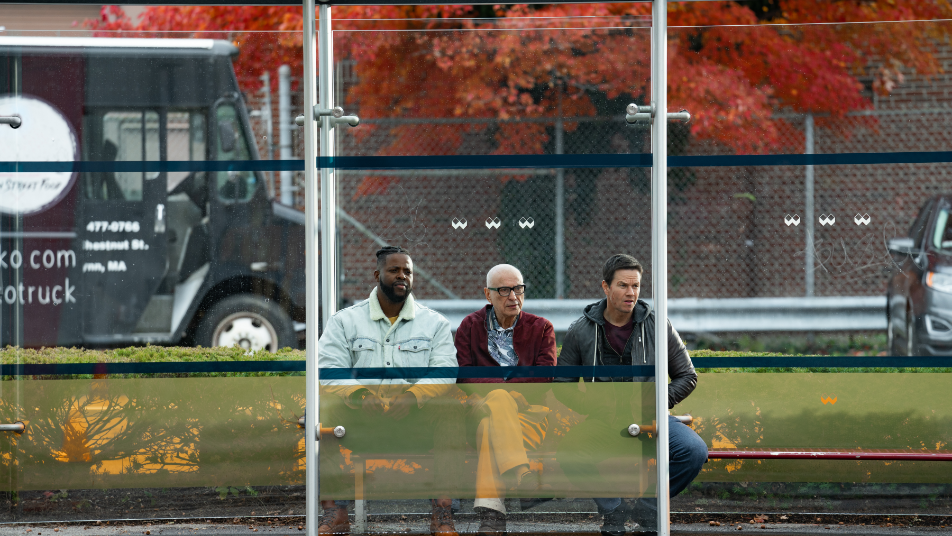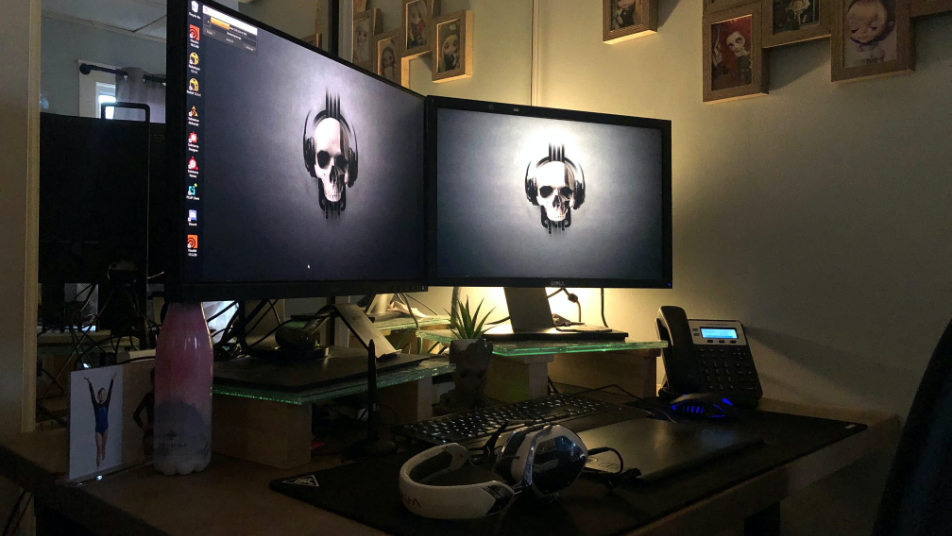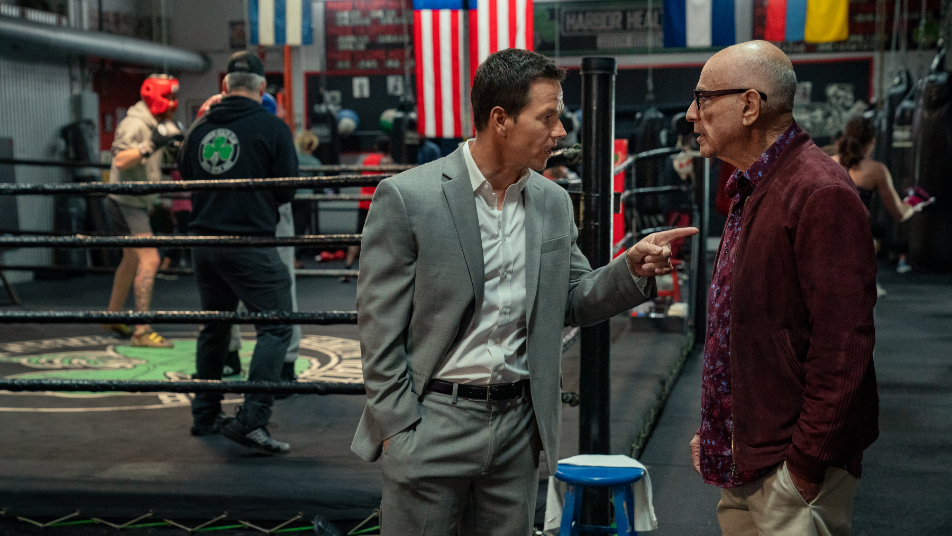What was it that first attracted Lexhag to AWS?
With a background in special effects, founder Alexis Haggar established the boutique, UK-based visual effects studio, Lexhag, in 2009 as a resource for filmmakers looking to solve creative problems.
Haggar first started using AWS, primarily for backup storage, in 2014. But after attending the AWS re:Invent conference in 2018, Haggar was inspired to take it further: “Once I saw the breadth of what AWS was doing in content creation, I knew it was the move for us,” he explained.
“Once I saw the breadth of what AWS was doing in content creation, I knew it was the move for us.”
– Alexis Haggar, Founder of Lexhag

What motivated Lexhag to implement virtual workstations?
Haggar was actively looking for a new solution for his studio. He explained, “We were looking to virtualize our setup given how expensive it is to rent space in Soho, not to mention outfit that space with the render power we needed, and nothing else came close.”
To help with its cloud transition, Lexhag and a production partner teamed up with Arch Platform Technologies, a cloud-based visual effects platform. Built on AWS, Arch simplifies the process by providing its customers with managed access to cloud-based content production workflows. Together, they successfully created a two-minute, full CG proof-of-concept trailer, and the team’s response was positive. Haggar shared, “It was super easy for our artists to spin up a virtual workstation through the Arch layer, and they quickly got used to working without a giant machine under their desk.”
With their test run complete, the team had gained a better understanding of what AWS could offer them and they evolved their solution. Haggar explained, “We’re tinkerers at heart and our team is pretty tech-savvy, so it made more sense for us to build our own bespoke setup specific to our market. This provided us with more freedom and flexibility to customize our workflow. We also moved our pipeline to Linux, which was a priority. Now we can tap into its raw power.”
“I’ve been experimenting with AWS since the re:Invent conference, and the lockdowns of 2020 were the catalyst to make the full switch. Now we use our time capturing and creating, instead of managing brick and mortar locations or workstations.”
– Alexis Haggar, Founder of Lexhag

How did Lexhag replicate their on-premises workflow in the cloud?
Satisfied with their AWS solution, Lexhag made the decision to move their entire workflow into the cloud. A big part of this job was moving more than a decade’s worth of legacy material. In preparation, Lexhag engaged IT solutions provider transACT to move more than 170TB of data stored in various formats on local hardware to an Amazon Simple Storage Service (S3) bucket. Haggar and his team have since pruned and tiered the data, with most files going into S3 Glacier Deep Archive.
“We’re now 100-percent on AWS, and our old kit is being repurposed for on-set work. AWS does the heavy lifting so that we can focus on creating.”
– Alexis Haggar, Founder of Lexhag

How does AWS support Lexhag’s workflows?
Along with S3 storage, Lexhag’s Linux-based workflow includes virtual workstations powered by Amazon Elastic Compute Cloud (EC2) G4dn instances and NVIDIA T4 Tensor Core GPUs with NVIDIA RTX technology; Amazon FSx for file throughput; and a fleet of EC2 Spot Instances for tiered rendering. The team manages render resources with AWS Thinkbox Deadline and taps Autodesk Shotgun for project management. Other applications used by Lexhag artists include Autodesk Maya, 3ds Max, and Arnold; Foundry’s Nuke and Hiero; SideFX’s Houdini; and Blackmagic Design’s DaVinci Resolve and Fusion.
Many of these applications are accelerated with NVIDIA RTX technology, enabling artists and creators to interact with complex scenes, using real-time ray-traced lighting. It also means they get faster batch rendering and access to amazing AI creative tools.
Going forward, how does Lexhag anticipate best utilizing AWS services?
“What we have now on AWS is a mirror of what we had last year on-premise,” Haggar said. “Content creation is becoming increasingly complex, and delivering photo-real assets takes a lot of computing power. Until recently, only certain studios could execute certain shots due to the specialized kit required, but I think those days are starting to disappear. AWS allows us to think bigger creatively because we don’t have to worry about how we’re going to achieve something from a technology standpoint.”
“I love the way that all of the AWS services fit under one virtual roof,” concluded Haggar. “There are so many untapped worlds to explore within the AWS ecosystem, such as automation and robotics, and as we understand these different aspects, we can ripple that knowledge into other parts of our business.”
I love the way that all of the AWS services fit under one virtual roof.”
– Alexis Haggar, Founder of Lexhag

How does Hive VFX see cloud computing impacting the industry long-term?
With streaming services such as Netflix firmly established, there’s already been a significant shift in the Media & Entertainment industry. Bernie noted, “I find that people really want a different work environment, especially more experienced people.” Looking to the long-term he predicts, “the cloud will just be the norm”, but even in the near future, he anticipates big changes – with previous entry hurdles of funds and technology being resolved for start-ups through cloud innovation. Bernie commented, “You used to have a few fairly large studios and they did all the work. I think now it almost gets democratized, where everybody can quite easily open up a shop.”

What advice would Hive VFX give to a studio considering the move?
Operating in the cloud works for Hive VFX – Bernie explained why he’d encourage others to embrace the change too: “Don't be afraid. I think so many people for one reason or another, dismiss it. It's essentially a free playground. Why don't you just play around with it a little bit and see what happens? Because you have no commitment whatsoever.”
“If you can come up with a good plan and a good team, you can do it now.”
– Bernie Kimbacher, Founder of Hive VFX

Ready to Rethink Creativity?
If you want to learn more about how virtual workstations on AWS will help future-proof your business, tell us more about your studio.

